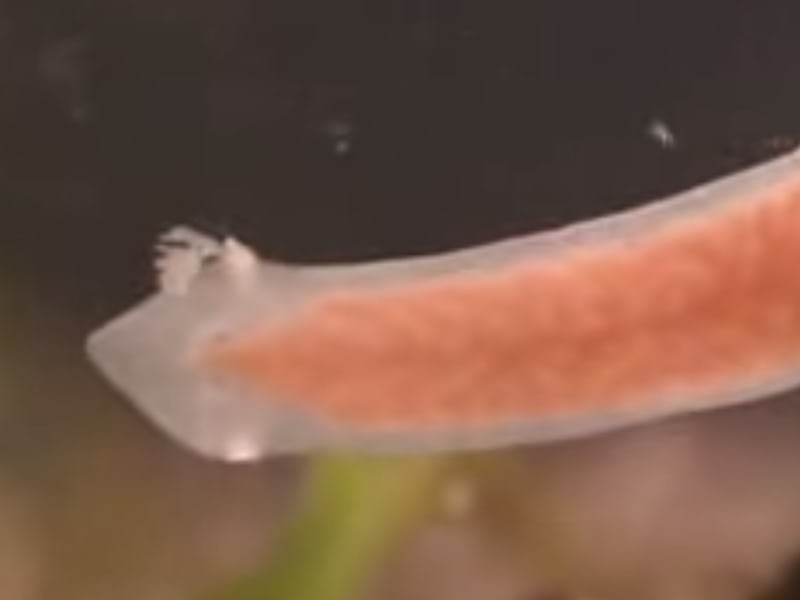This A.I. Just Solved the 120-Year-Old Mystery of Worm Regeneration All by Itself
This is the first time a machine has ever created a scientific theory all on its own.

For over a century, humans have been trying to figure out how planarian worms pull off the useful trick of regenerating tissue with jack squat to show. It took an A.I. at Tufts University three days, and it came up with two previously unknown proteins in the process.
You’re going to finish this paragraph happier than when you started because A) This is more evidence that computer modeling is going to make medical breakthroughs once thought miraculous routine and B) We might be able to regrow our own tissue someday. Feel the sun rising in your mind?
Th cliff notes version as broken down at Wired starts with the doctors reverse engineering the solution by asking the A.I. to work backwards from knowing the worms regenerated.
Wired writes: “It simulated the network formed by a worm’s genes many times over until its results matched those from real-life experiments. Every time it managed to match the results, the computer modified the random genetic network it had created in line with the results and kept honing it until it created a core genetic network that matched the results of all the studies.”
The findings represent a completely new scientific theory.
Even if the computer were just running numbers it would still bold spectacularly well for the future robot medicine, but it wasn’t so simple. As i09 notes, inferring meaning behind the data is the kind of creative thinking once the speciality of those fleshy, warm-blooded doctor with no RAM. The A.I. made those leaps, and managed to show its work in an easily comprehensible way. Check out the computer’s work on worms and severed limbs here and be the most fascinating guest at the last dinner party you’ll ever be invited to attend.